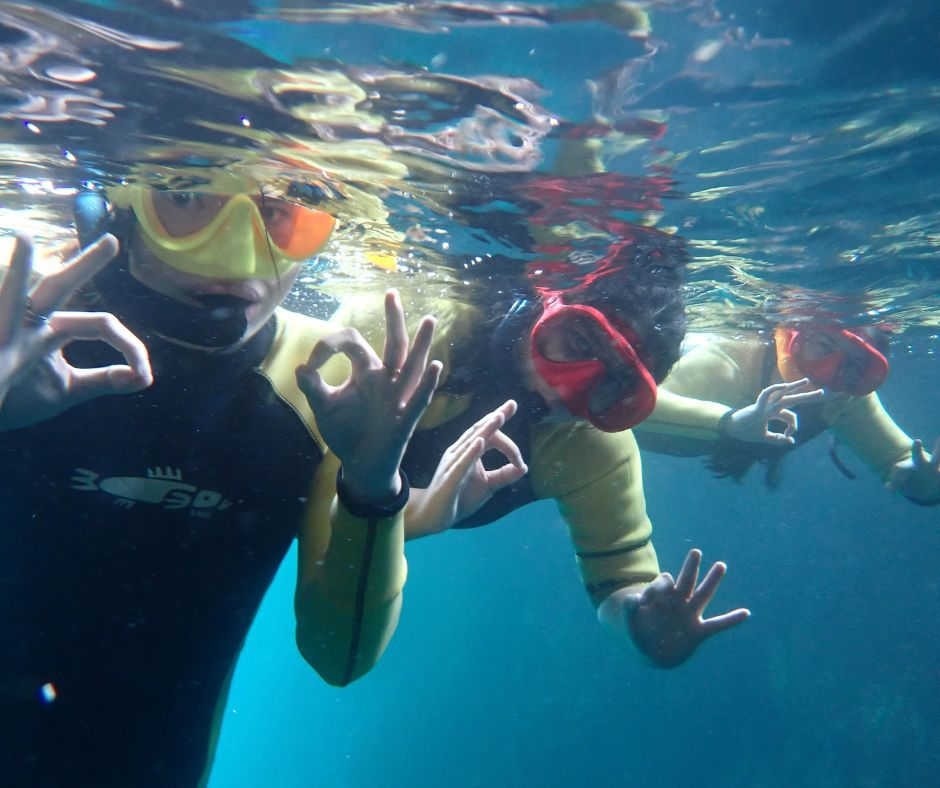Cold plunging everyday for life: freshwater animals and climate in New Zealand
- Janey Taylor

- Aug 19
- 3 min read
While this time of year has many of us reaching for double layers to keep warm, other parts of New Zealand welcome the cold — specifically, the freshwater parts.
Our biodiversity evolved in a time when trees towered over most of the land, their branches allowing only minimal sunlight to reach streams. Thus, almost all of our stream bugs are particular about their cold water. Many flying freshwater macroinvertebrates (macro = visible to the naked eye) such as stoneflies, mayflies and caddisflies are especially fussy that their water temperature does not rise above safe levels.

The same goes for our native fish. Eels are tolerant (for a while) of warmer temperatures, but they prefer temperatures around 22-25ºC, while banded and giant kōkopu tend to live where it is cooler than 20°C. Rapid temperature changes are where things get particularly iffy for our native fish — short periods of intolerable warmth each year can make streams unsuitable for cold-loving species, even if the stream is tolerable for the rest of the year.
Even if their homes warm up without becoming intolerable, things won’t necessarily carry on as normal in the lives of native species. In the same way that stress makes things go from bad to worse in our own lives, so too in the freshwater world can heat stress exacerbate the effects of underlying issues — disease, food scarcity, pollution, low oxygen, to name a few.

On top of this, heat-tolerant pests often take advantage of the imbalance and outcompete native species for resources and space. Gambusia affinis, the mosquito fish, was brought into New Zealand from the Gulf of Mexico in the 1930s in the hope that it would control the mosquito population here. Their aggressive nature and fast breeding cycle makes them a threat to our native fish, especially when streams heat up, playing to their strengths as warm-water fish.
Even air temperature plays a part in freshwater health. Studies by NIWA show that after metamorphosis from their aquatic lifecycle stage, stoneflies and caddisflies are susceptible to death by heat stress in their airborn days.

In a world affected by the climate crisis, freshwater species are increasingly threatened by warmer temperatures in a multitude of ways, and there is only so much they can do to combat it. So, how can we give them the help they need?
A direct action we can take is to give back what the streams are missing: shade, in the form of riparian plants. Tree-planting not only helps protect streams from heat, it also helps create a barrier against surface runoff, reducing water pollution from chemicals, nutrients and rubbish. Trees also provide crucial habitat for stream life, providing aquatic species with nutrients and hiding places, and they help streams form naturally winding pathways with varying water levels, playing to the needs of individual species so that biodiversity is boosted.

As Kiwis, we’re known internationally for punching above our weight, but sometimes the ranking is something we shouldn’t be proud of! Per person, New Zealanders are one of the thirty biggest emitters worldwide. Shopping sustainably at whatever capacity is right for you is a great way to lessen your carbon footprint. We also suggest doing a self-led investigation into climate-friendly choices you can make, and actively investigating voting candidates' positions on environmental restoration and sustainability so that you can make a choice that best fits your values.
By giving our awa the shade, space, and care they need and combating climate change with our collective efforts, we can ensure our native species stay cool, and New Zealand’s freshwater heritage can thrive for generations.






Comments